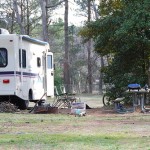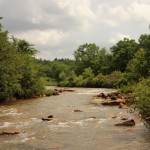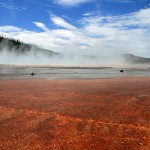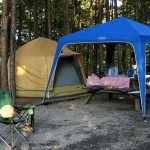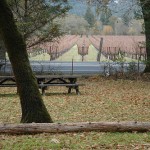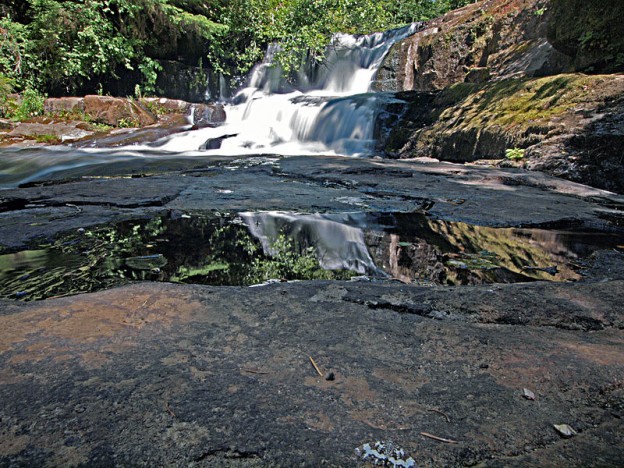
According to National Park statistics, the number of overnight camping stays in national parks has dropped in the last 15 years. More than 9.2 million overnight camping were recorded in 1998. The number decreased to 8.54 million in 2003 and 7.99 million in 2008. The number was 7.91 million in 2013.
The statistics included RVs, tent camping, stays in campgrounds operated by concessions, and backcountry camping. Jeffrey Olson, spokesman for National Park Service, said the drop started in the mid-1990s but started to level out in 2004. The numbers fluctuate from one year to another. Some years showed increases. The number of camping and national park visitation is affected by the weather, economy, and the other factors.
Last year, visitation to national parks was affected by the government shutdown last October. The total number of national park visits went down 3 percent in 2013 from the previous year. It was not a surprised that camping stays decreased during the period as well.
In 2002, the year after the September 11 terror attacks, travelers opted to drive to destinations instead of air travel. Camping numbers were strong with 8.7 million camping stays in the national parks but it was still lower than the stays in 1998.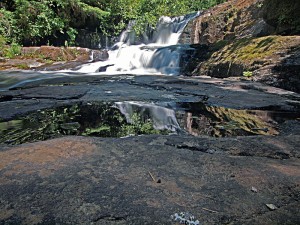
Camping numbers increased in 2009 and 2010 to more than 8.5 million each year. That was when the weak economy encouraged travelers to stay closer to home instead of going on long trips via planes.
Olson says accommodation options near National Parks have also led to the long term decline. Communities offered more hotels, motels, entertainment and food to visitors who are going to parks. Visitors spend the day inside the park and then head to the nearby town to spend the night at a comfortable bed with cable TV and Wi-Fi. Camping is still popular as the most-visited campgrounds are often at capacity.
Photo by

